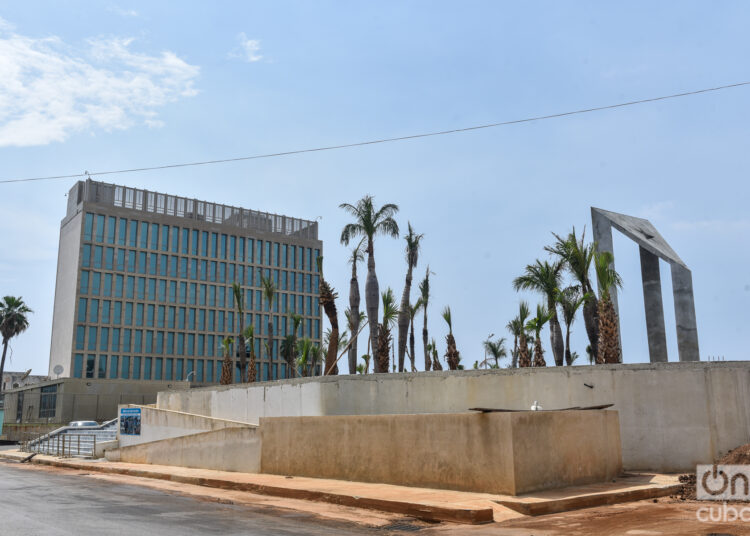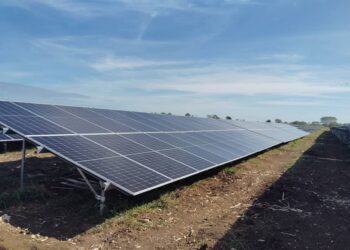Most U.S. intelligence agencies have found no evidence linking a foreign power to the so-called “Havana Syndrome,” a set of symptoms reported by government diplomats and personnel since 2016.
These cases were initially detected at the U.S. embassy in Havana, raising suspicions that they may have been deliberately provoked by a foreign power. Despite this, Cuba has repeatedly denied any involvement.
As a senior U.S. official explained in a call with the press, five of the country’s seven main intelligence agencies concluded that it is “highly unlikely” that a foreign adversary is behind the incidents.
However, two of those seven agencies, which have not been identified by name, disagree and consider it possible that a weapon capable of causing the reported injuries was developed or even used.
Specifically, one of the agencies concluded that it is possible that a foreign actor used a “novel weapon” against “a small and unspecified group of U.S. personnel or their family members.”
The second agency believes that, although it is unlikely that such a device was deployed, there is a possibility that it was developed by a foreign power.
Initially identified in Cuba, the “Havana Syndrome” has since been reported in several countries such as China, Austria and Germany.
More than 330 people have requested assistance from the U.S. government for symptoms such as dizziness, headaches, difficulty concentrating and effects similar to brain injuries.
The publication of this report comes shortly before Donald Trump’s return to the White House, scheduled for January 20.
During his first term (2017-2021), Trump adopted a particularly harsh policy towards Cuba, including the suspension of consular services in Havana in 2017 and the drastic reduction of diplomatic staff after the detection of these health incidents.
Cuba has always denied any responsibility, even creating a commission of experts that concluded that there was no scientific or criminal evidence linking the symptoms to possible sonic attacks, microwaves or other deliberate actions.










